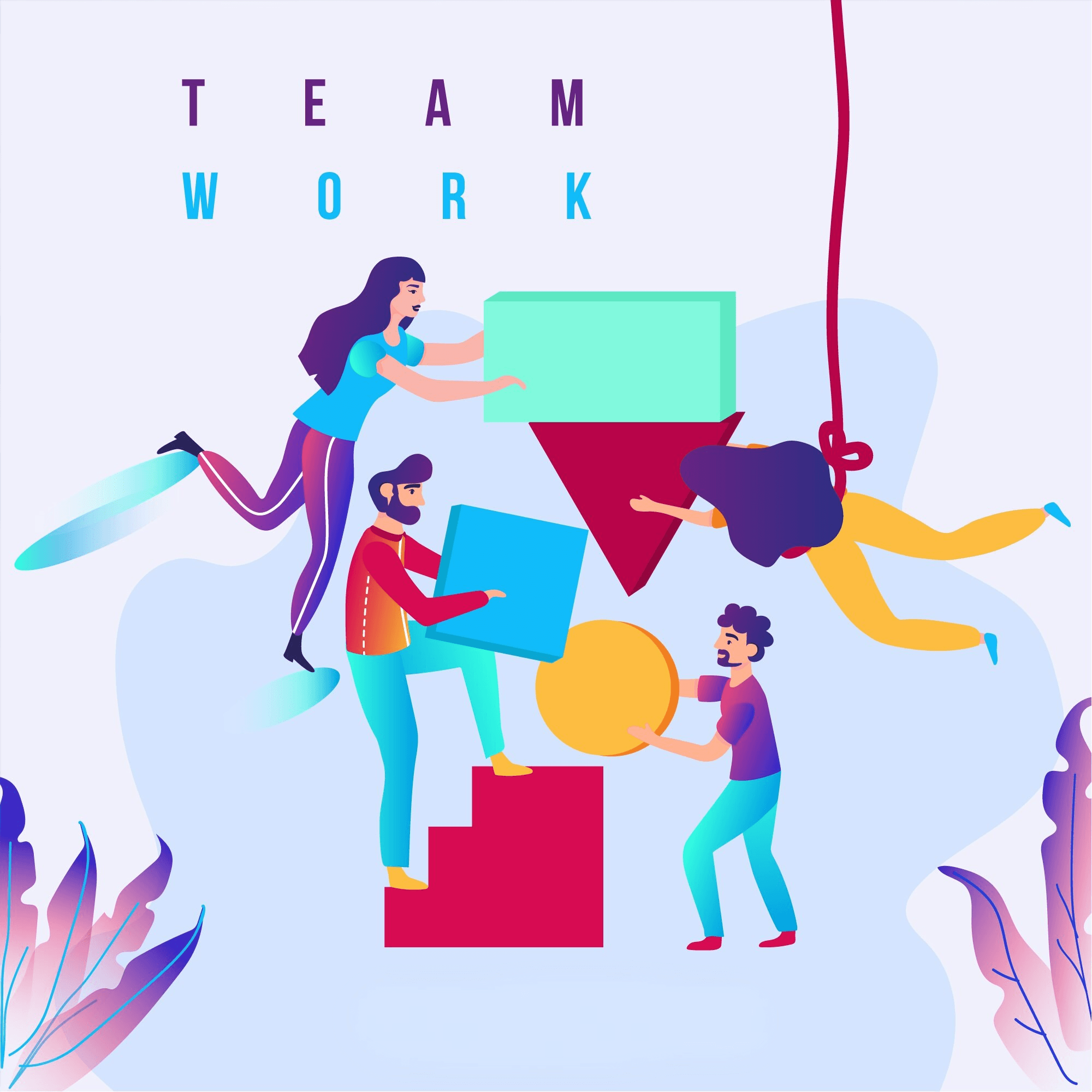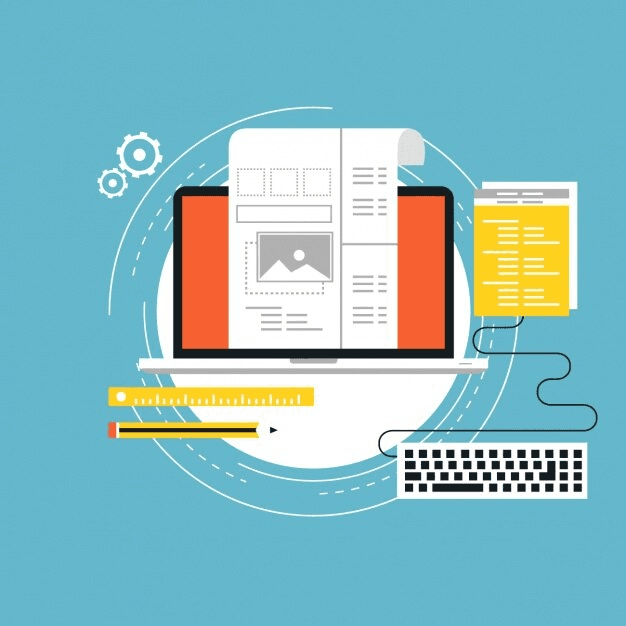Freelancers frequently operate without the structure or oversight of traditional work environments, making it difficult to consistently manage deadlines, maintain quality, and meet client expectations. Without clear strategies for organizing their workload, they often face inefficiencies, heightened stress, and creative fatigue.
The absence of external accountability compounds these issues, leading to missed opportunities and unfulfilled potential.
Applying structured project management rooted in psychological principles, however, offers a solution by instilling discipline, enhancing focus, and fostering resilience, allowing freelancers to navigate their projects with greater success and confidence.
Setting Challenging Yet Achievable Goals
Freelancers often find themselves walking a tightrope between ambition and burnout. Project management helps eliminate this tension by guiding them to set challenging, yet realistic goals. Without this balance, freelancers risk either becoming complacent or overcommitting, both of which lead to failure.
By focusing on clear, attainable objectives, freelancers stay motivated. The brain responds positively to small victories, releasing dopamine, which enhances satisfaction and encourages continued progress. This creates a feedback loop where freelancers are continuously driven toward achieving greater milestones.
Progress Tracking as a Psychological Motivator
Tracking progress is more than just project management hygiene; it directly affects motivation and performance. When freelancers track their progress, it provides them with psychological checkpoints, enhancing self-efficacy—the belief that they are capable of accomplishing their tasks.
By visually witnessing the steps completed and the milestones achieved, freelancers remain emotionally invested in their work, increasing their likelihood of project completion. This constant reinforcement feeds the brain’s need for control and achievement, resulting in heightened focus and diminished procrastination.
Also read: The Psychological Aspects of Goal Setting in Project Management
Customizing Project Management for Creative Professions
Creative professionals often struggle to balance the free-flowing nature of creativity with the structured demands of project management. Freelancers in fields such as design, writing, and SEO require goal-setting methods that align with their unique workflows.
A freelance designer, for example, must balance the need for inspiration with the pressure to meet client deadlines. Structured project management breaks down the overwhelming nature of large, ambiguous tasks into smaller, actionable steps. This breakdown not only helps manage cognitive load but also reduces the anxiety that often accompanies creative block.
Moreover, project management aligns creative thinking with productivity by incorporating deadlines and milestones. Holding freelancers accountable to specific deliverables, it encourages focused creativity—forcing them to prioritize action over endless ideation.
Combating Procrastination Through Effective Goal Setting
Procrastination is a persistent enemy for freelancers. Project management defeats this psychological barrier by turning abstract goals into concrete actions. Freelancers benefit from breaking large projects into specific tasks that can be tackled incrementally.
This approach taps into the Zeigarnik effect, where incomplete tasks create mental tension, pushing the individual toward task completion to relieve this cognitive dissonance. This method isn’t merely about crossing items off a to-do list.
By setting clear priorities and offering structured timelines, project management forces the freelancer to focus on what matters, limiting the allure of distractions. Each small accomplishment feeds into the brain’s need for progress, pushing the individual toward larger project goals.
Learn more here: Overcoming Common Challenges in Project Goal Setting
Reinforcement and Sustained Motivation
Sustained motivation is vital for freelancers who often work without the traditional workplace environment’s social and managerial support. Project management plays a critical role by providing reinforcement mechanisms that capitalize on the psychology of rewards.
Every task completed or milestone achieved serves as a mini-reward, feeding into the brain’s reward system. These small psychological victories build momentum, fostering intrinsic motivation.
In addition to personal satisfaction, external tracking mechanisms such as progress bars or visual task boards act as reinforcements. The ability to see tangible progress in real time drives the freelancer to maintain focus and effort, even in the face of difficult or monotonous tasks. The brain’s natural desire for completion is triggered, creating a continuous loop of motivation that propels the freelancer forward.
Overcoming the Common Pitfall of Vague or Overly Ambitious Goals
Freelancers often fall into the trap of setting vague or overly ambitious goals, which leads to anxiety, missed deadlines, and burnout. Project management removes this ambiguity by structuring goals using SMART criteria (Specific, Measurable, Achievable, Relevant, and Time-bound). These criteria ensure that freelancers have a clear understanding of what they need to accomplish, how to measure success, and when they need to complete tasks.
By establishing clear parameters for success, project management eliminates the mental clutter that often accompanies ill-defined goals. This not only reduces stress but also enhances clarity, allowing freelancers to focus on execution rather than being paralyzed by indecision or overwhelm.
Emotional Resilience in Project Management
The emotional demands of freelancing are high. The pressure to deliver, manage clients, and secure future work can lead to significant stress. Project management incorporates principles of emotional intelligence to help freelancers manage these pressures.
Through structured workflows, freelancers develop emotional resilience by gaining control over their work processes. Knowing exactly what needs to be done, and when, diminishes uncertainty, which is a key driver of stress.
Moreover, the systematic nature of project management helps freelancers avoid burnout. By organizing work into manageable chunks and setting realistic deadlines, project management supports a balanced approach to work.
This balance is critical for maintaining long-term productivity and avoiding the emotional exhaustion that often plagues freelancers who try to do too much at once.
Navigating Uncertainty and Setbacks
Freelancers frequently encounter setbacks, whether they are in the form of shifting client requirements, unexpected feedback, or personal obstacles. Project management helps freelancers navigate these challenges by embedding contingency planning into the workflow.
Rather than being caught off guard, freelancers who utilize structured project management are prepared to adapt and adjust, ensuring that they maintain progress despite setbacks. By incorporating buffer time and flexible milestones, freelancers reduce the stress and panic associated with unforeseen delays.
This approach fosters cognitive flexibility, allowing freelancers to pivot when necessary without losing sight of their overarching goals. Structured planning eliminates the emotional and cognitive chaos often triggered by uncertainty, empowering freelancers to stay focused and proactive.
Building Self-Efficacy and Confidence
Freelancers often operate in isolation, making self-efficacy—confidence in their ability to complete tasks—critical to their success. Project management reinforces this confidence by providing clear feedback loops. Every completed task achieved milestone, or met deadline strengthens the freelancer’s belief in their competence.
As freelancers accumulate small successes, their confidence grows, creating a positive cycle of achievement. This cycle not only improves current project outcomes but also builds long-term professional growth.
By consistently hitting targets and seeing the tangible results of their efforts, freelancers develop a stronger sense of agency, which translates into higher-quality work and improved client relationships.
Aligning Personal and Professional Growth
Freelancers often juggle client-driven goals alongside their growth objectives. Project management supports this duality by offering a framework that allows for the simultaneous pursuit of both types of goals.
Clear project timelines and milestones enable freelancers to allocate time for skill development, personal projects, or learning new tools, ensuring that they continue to grow professionally while meeting client demands.
Balancing these competing priorities is essential for long-term success. Freelancers who fail to prioritize personal development risk stagnation, while those who neglect client work may damage their professional reputation. Project management provides the structure necessary to achieve both, ensuring freelancers remain competitive in their field while continuously evolving their skill sets.
Also read: Measuring Success: Key Performance Indicators for Project Goals
Conclusion
In freelancing, autonomy brings both flexibility and complexity. Effective project management transforms this dynamic by organizing tasks, setting clear goals, and reinforcing motivation.
Freelancers who integrate these principles into their workflow enhance productivity, maintain creativity, and build resilience, positioning themselves for sustained professional growth. Structured goal setting empowers them to navigate an unpredictable work environment with confidence and focus.
Try Pinrom for just $1/user to access affordable, structured project management that elevates your freelance success.









